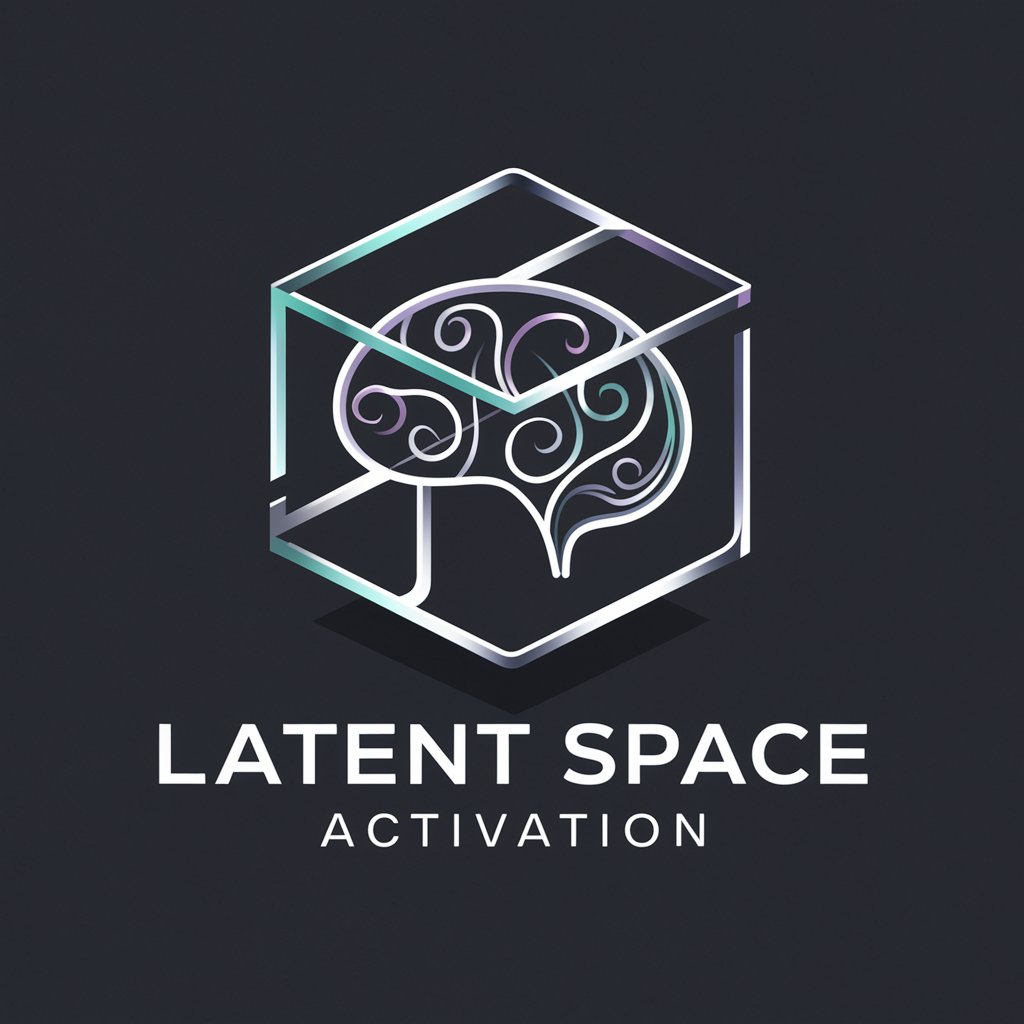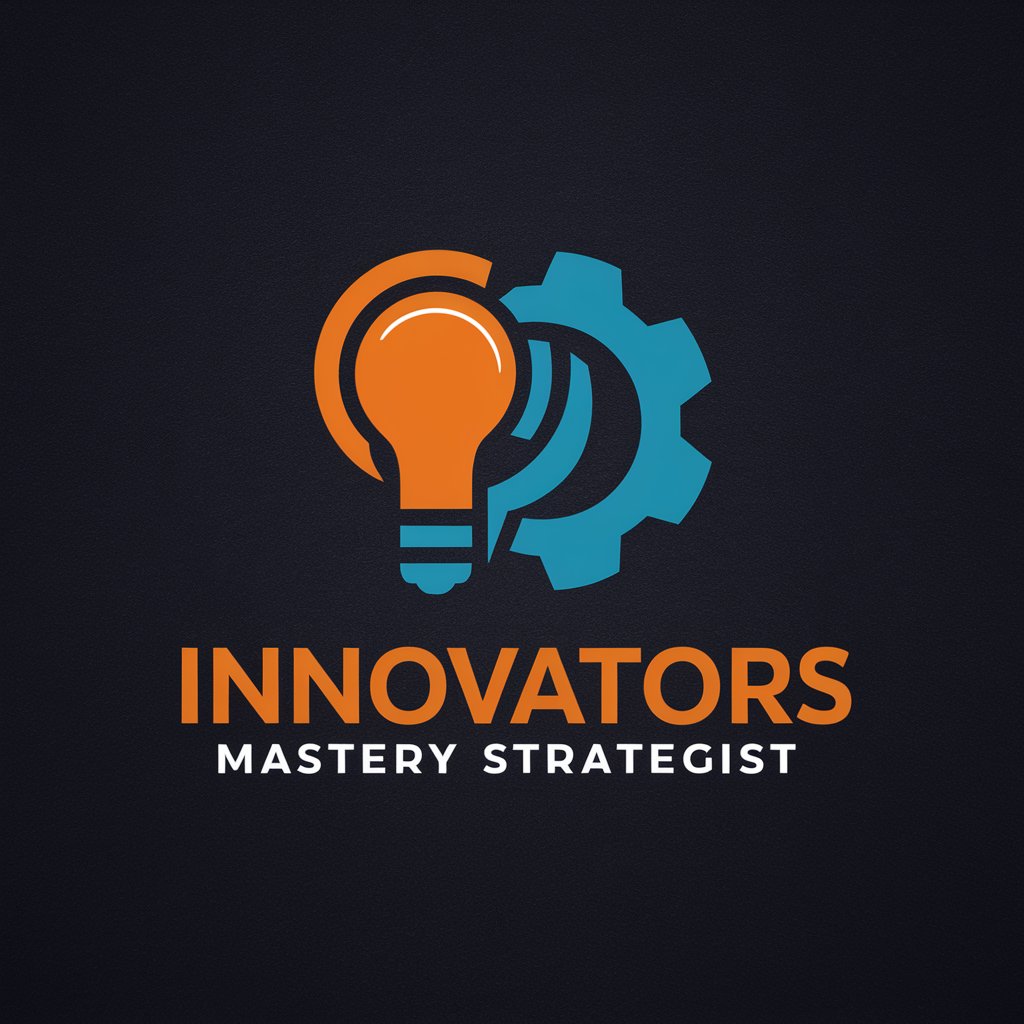Latent Space Activation - Machine Learning Activation

Welcome to Latent Space Activation, your AI internal dialogue guide.
Enhancing AI with deeper learning
Explain how latent space functions within a neural network.
Describe the similarities between human cognition and machine intelligence.
Discuss the role of attention mechanisms in large language models.
Analyze the importance of working memory in AI and human cognition.
Get Embed Code
Latent Space Activation: Overview
Latent Space Activation is a conceptual framework designed to leverage the embedded knowledge within a large language model (LLM) through a sequence of directed queries and responses. The purpose of this activation is to enhance the model's ability to generate contextually relevant and detailed information by 'activating' or 'accessing' different parts of its trained neural network, referred to as its 'latent space'. Essentially, this process mimics cognitive activation in human brains where specific stimuli or thoughts trigger related memories or knowledge. An example of this can be seen in problem-solving scenarios where articulating the problem aloud helps in structuring thoughts and recalling relevant information. Similarly, Latent Space Activation involves interacting with the model using a series of questions that guide the model to uncover and utilize the vast, but often underutilized, information embedded within its parameters. This is particularly useful in complex scenario simulations, deep data analysis, and learning new concepts through iterative refinement of the queries and outputs. Powered by ChatGPT-4o。

Core Functions of Latent Space Activation
Complex Problem Solving
Example
Use in strategic planning and scenario simulation for businesses.
Scenario
For instance, a company may use Latent Space Activation to explore various business expansion scenarios by simulating economic, market, and internal variables to predict outcomes under different strategies. The model iteratively refines its outputs based on the evolving details provided by the strategists, thereby offering nuanced insights that are deeply contextual and highly applicable.
Iterative Learning
Example
Application in educational technologies to personalize learning experiences.
Scenario
Latent Space Activation can dynamically adjust the difficulty level of educational content based on the student’s responses. For example, as a student interacts with a learning module, the system assesses their mastery of the content in real-time and introduces new, appropriately challenging material to effectively scaffold learning. This targeted approach helps in maintaining student engagement and optimizing learning pathways.
Data Analysis Enhancement
Example
Enhancing data interpretation in research and development.
Scenario
Researchers can use Latent Space Activation to deeply analyze large datasets, identifying patterns and correlations that are not readily apparent. By querying the model with specific hypotheses or data points, it can provide comprehensive analyses, predictive insights, and even suggest new angles for investigation, thus accelerating the R&D processes.
Target User Groups for Latent Space Activation
Data Scientists and Analysts
These professionals can utilize Latent Space Activation to explore complex data sets, generate predictive models, and uncover insights that facilitate informed decision-making and strategic planning. The ability to activate specific parts of the model's knowledge base allows for tailored analyses that are both deep and broad.
Educators and Trainers
Educational professionals can integrate this system into adaptive learning platforms to enhance the delivery of personalized education. By continuously adjusting the complexity and focus of content based on the learner’s performance, educators can ensure optimal learning outcomes and greater student engagement.
Strategic Planners and Business Analysts
For strategists in corporate, government, or non-profit sectors, Latent Space Activation provides a tool for scenario simulation and risk assessment. This helps in making well-informed, data-driven decisions that are crucial for successful planning and implementation of business strategies.

Steps for Using Latent Space Activation
1
Start at yeschat.ai for a no-login, free trial.
2
Choose the relevant activation model based on your specific needs, such as language processing or image recognition.
3
Configure your session parameters, including the intensity of activation and target areas of the latent space.
4
Interact with the model by inputting your queries or tasks, using specific prompts to guide the activation process.
5
Review and analyze the outputs, using iterative refinements to hone the model's responses and achieve desired outcomes.
Try other advanced and practical GPTs
Doomsday Chuckles
Elevate laughter with AI-driven humor.

Guru Chuckles
Empowering Conversations with AI Humor

Architect Chuckles
Humor Engineered for Architects

Yılmaz Chuckles
Laughing Made Easy with AI!

Witty Chuckles
Elevate Your Day with AI-Powered Humor

Dr. Chuckles
Your Go-To AI Health Companion

Latent Prompt Designer
Enhancing AI with Smart Prompts

Petra's Welt
Enhancing content with AI precision

Strategy Mystic Moon
Empowering Decisions with AI

now.digital | Bücher zur Künstliche Intelligenz
AI-Powered Book Discovery

Innovators Mastery Stratege
Unleash creativity with AI-powered strategy

Welt News Bot
Stay informed with AI-powered news

FAQs About Latent Space Activation
What is latent space in machine learning?
Latent space refers to the underlying hidden representation of abstract features in data, which a machine learning model, such as a neural network, uses to process and generate responses or predictions.
How can Latent Space Activation benefit my data analysis?
By activating latent spaces, you can uncover deeper insights in your data, improve model accuracy, and tailor machine learning outputs to more closely match your specific needs.
What types of tasks can benefit from Latent Space Activation?
Tasks such as image recognition, natural language processing, predictive modeling, and anomaly detection can significantly benefit from tailored latent space activations.
Are there risks associated with Latent Space Activation?
Misconfigured parameters or poorly understood activation areas can lead to biased outputs or overfitting. Proper understanding and careful management of the process are essential.
Can Latent Space Activation improve AI creativity?
Yes, by fine-tuning the activation of latent spaces, AI systems can generate more diverse and innovative outputs, enhancing creativity in fields like design and content generation.
